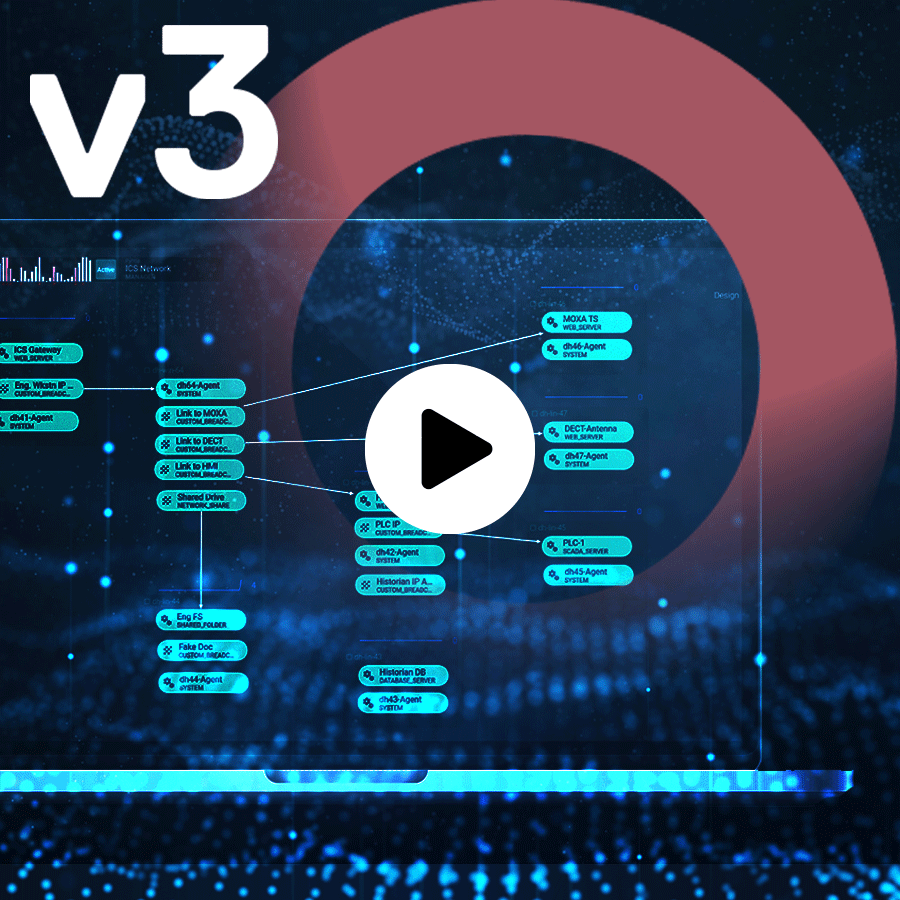
The Hidden Threat Within: How BYOAI Challenges Enterprise AI Security

Active Directory Security: How Deception Detects and Prevents Detect Privilege Escalation Dynamic Deception and Scalability

Empowering Cyber Resilience: Dynamic Deception and Scalability
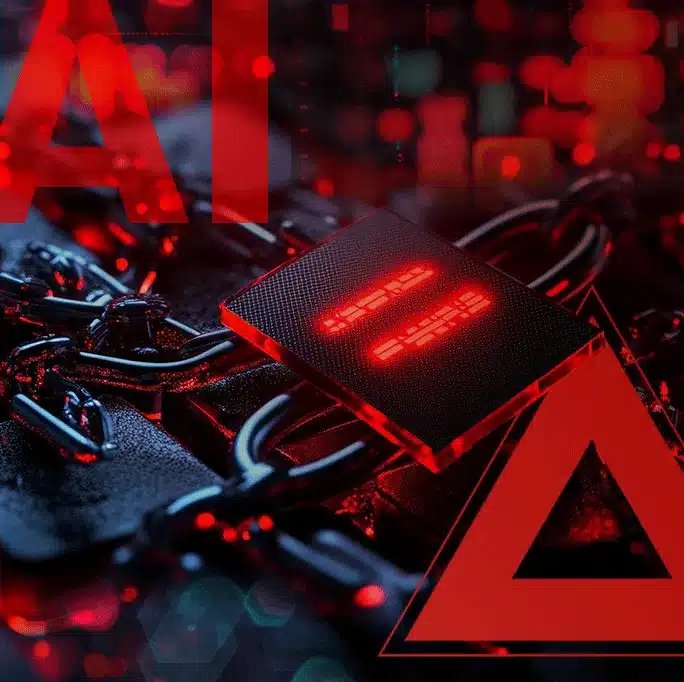
AI Cybersecurity: How to Protect Against Persistent Traditional Threats Enhanced by AI
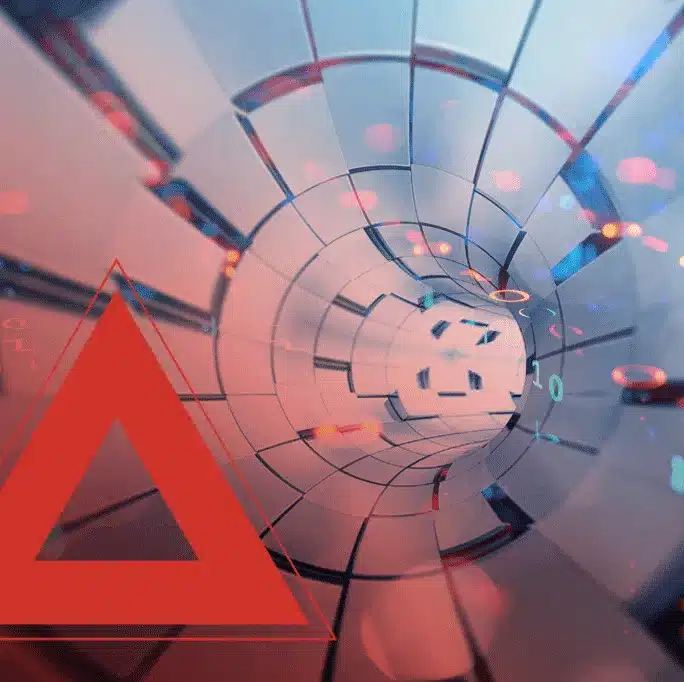
CounterCraft v4: Massive scale. Mission critical. Made simple.

Unveiling CounterCraft v4’s Scalable Cybersecurity: Join the Webinar

A Step-By-Step Guide to Secure Your External Attack Surface
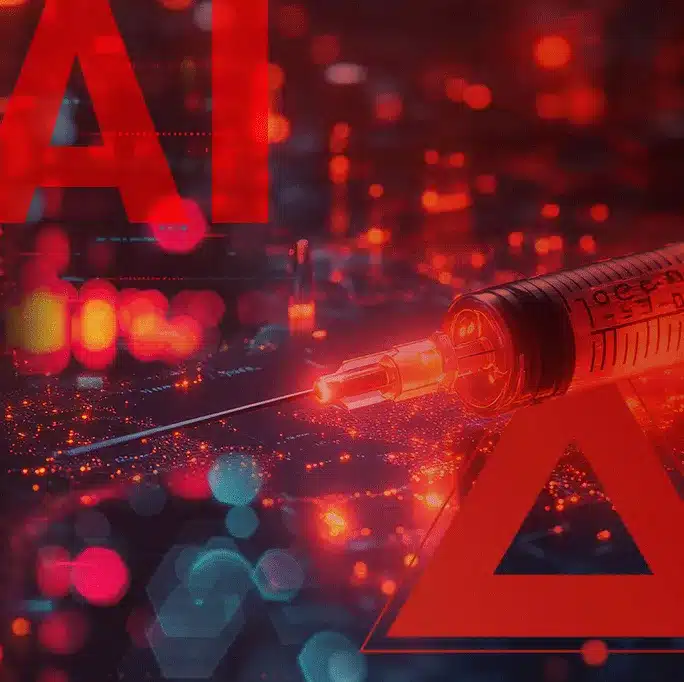
AI Cybersecurity: How to Protect Against Exploitation of AI Systems Via Prompt Injection

Understanding External Attack Surface Management: A Deception-Driven Approach

AI Cybersecurity: How to Protect Against Malicious AI Models
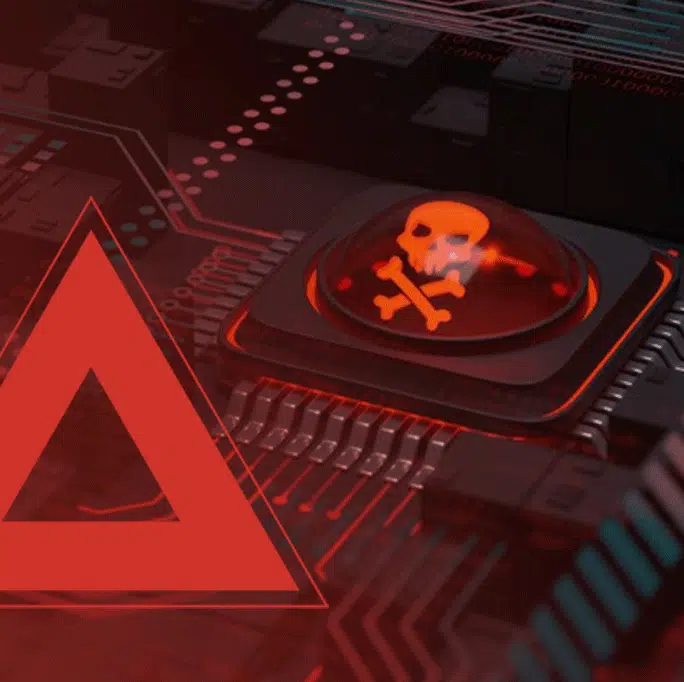
{Ebook} The Top 7 AI Cybersecurity Threats Coming in 2025

Finish Safe. Start Strong: Tips to Prepare Your Cybersecurity Strategy for 2025
Top resources
Top videos
Subscribe for updates
Join the legions of industry pros who stay connected with us to gain new perspectives on cybersecurity.






